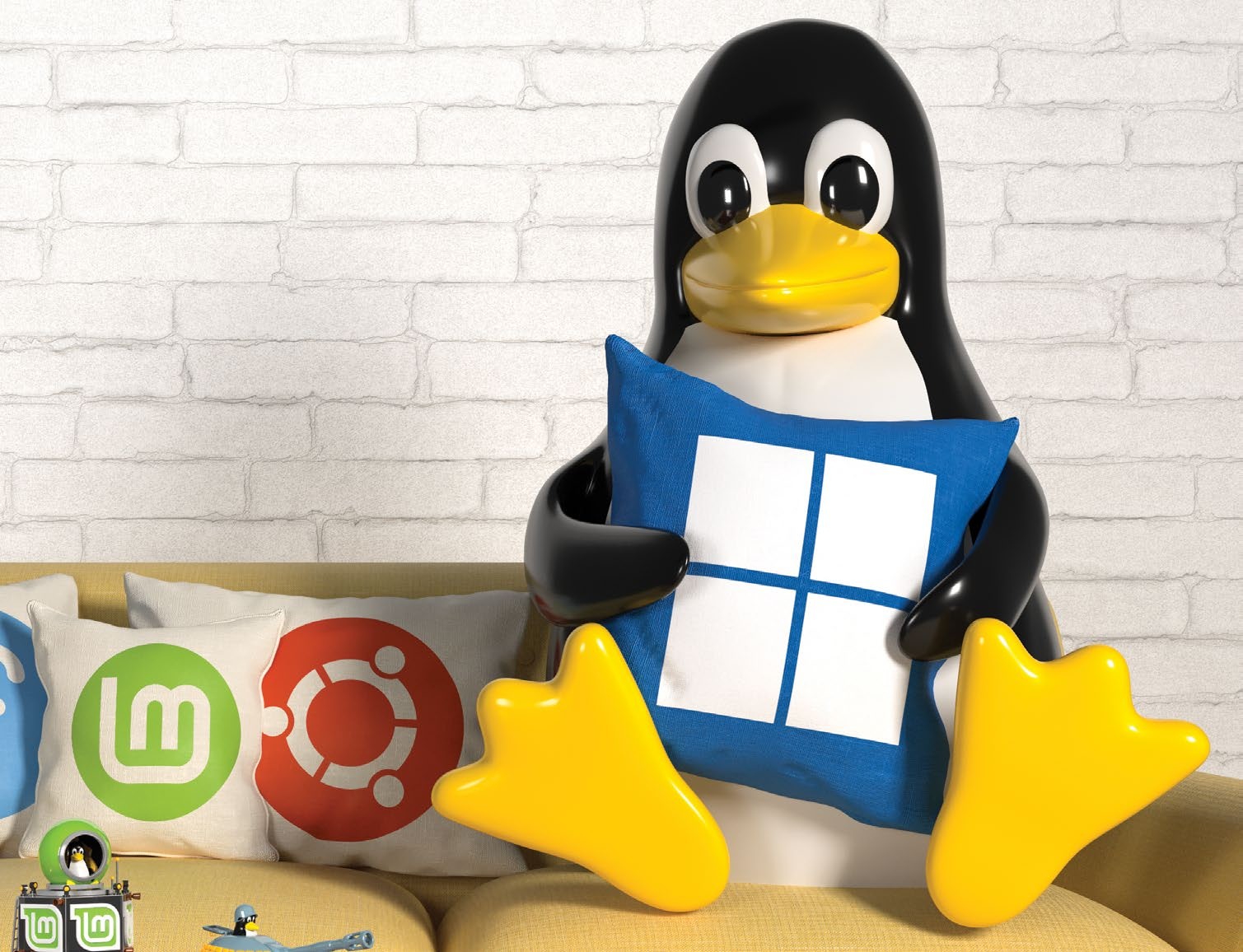Roundup Mayank
Sharma has taken a well-deserved final rest from HotPicks but is now stuck here!
Roundup Mayank
Sharma has taken a well-deserved final rest from HotPicks but is now stuck here!

CREDIT: Magictorch
As a fond farewell, we’re having a look at the best distros you can annoy your Window-using friends with. These include some of the best distributions out there. We’re specifically looking at distros that make it simple and easy for Windows users to take the leap and try Linux without feeling overwhelmed.
It can be an intimidating experience, especially for people coming from proprietary operating systems like Windows. Thanks to their open source nature, Linux distros offer a lot more access than their closed source cousins, which makes the transition particularly difficult for many. This is where these specialised distros, designed for Windows users, come in. Their objective is to allow users to experience the goodness of Linux while minimising the learning curve that’s associated with switching to a new OS. They all take steps to ensure the transition is as effortless as possible.
We’ve tested numerous Linux distros to find the best ones for Windows users. We looked at how user-friendly they are, the hardware requirements, the ease of installation, and the overall out-of-box experience. We also considered the distro’s learning curve and the desktop environment, among other aspects.
HOW WE TESTED…
We analysed various aspects of different Linux distros to find the best for Windows users. We looked at how resource-intensive the distros were, what kind of hardware they’d run on smoothly, the documentation and out-of-box experience. We considered installation time and the apps that came with the distro.
We evaluated the desktop environment based on the functionality, customisability and visuals. We also checked out the forums to see if there was an active community that could help with doubts.
With the best distro for Windows users, you’ll enjoy a smooth transition to Linux. But you’ll have to look at many factors before selecting the right distro for yourself.
Check whether your hardware can run the distro – not all distros run on 32-bit architecture. You’ll want a lightweight distro if you have older hardware. It helps if there’s lots of documentation and an active forum where you can seek help. Also, check out the desktop environment to see if it’s to your liking.
HOW WE TESTED…
We analysed various aspects of different Linux distros to find the best for Windows users. We looked at how resource-intensive the distros were, what kind of hardware they’d run on smoothly, the documentation and out-of-box experience. We considered installation time and the apps that came with the distro.
We evaluated the desktop environment based on the functionality, customisability and visuals. We also checked out the forums to see if there was an active community that could help with doubts.
With the best distro for Windows users, you’ll enjoy a smooth transition to Linux. But you’ll have to look at many factors before selecting the right distro for yourself.
Check whether your hardware can run the distro – not all distros run on 32-bit architecture. You’ll want a lightweight distro if you have older hardware. It helps if there’s lots of documentation and an active forum where you can seek help. Also, check out the desktop environment to see if it’s to your liking.
Elementary OS
Best Ubuntu distro for Windows or Mac users.

With a solid dose of Mac OS inspiration, the desktop is easy on the eye.
Elementary OS is based on Ubuntu. There are new releases every one to two years, each named after a different god. For instance, the most recent version (7.0) is code-named Horus.
This isn’t all that’s divine about this OS. It has made a name for itself for crafting a very usable and aesthetically pleasing desktop distro. Everything from its pre-installed apps to its home-brewed desktop is designed to give a comforting experience to people new to Linux.
Its custom-built Pantheon desktop is a pleasing aesthetic take on the classical desktop metaphor. One of its distinguishing features is the picture-in-picture mode that enables you to select an area of a window or the desktop, then pops it out. This pop-out is movable, resizable, always-on-top, and can move across workspaces.
The distro comes with a carefully pruned collection of pre-installed apps that’s been assembled to make the desktop experience more consistent and appealing to new Linux users. In fact, many of its most-used pre-installed apps have functional names like Mail, Music, Photos and Videos, which makes them easier to discover.